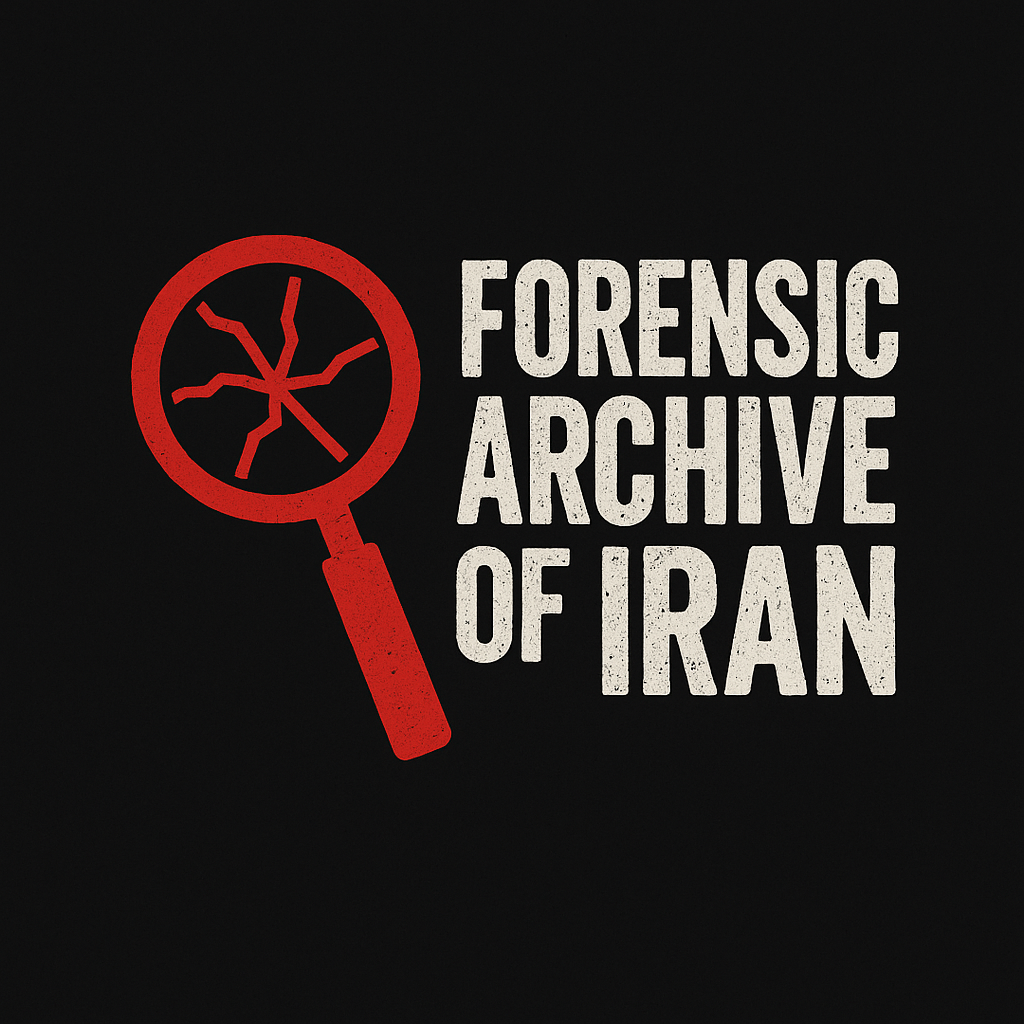Preserving Stones, Abandoning Souls: How the Islamic Republic Weaponized Heritage During Wartime
by Romina Frohar
In June 2025, as Israeli missiles struck targets across Iran, something strange happened: the websites of nearly all major Iranian museums went dark. No digital access. No public statements. No real-time updates.
And yet, multiple international outlets reported that Iran’s Cultural Heritage Ministry had activated a nationwide protocol to evacuate valuable artifacts from museums into secure storage.
While millions of civilians remained without bomb shelters to protect their lives—or even alarms to warn them of incoming strikes—the Islamic Republic claimed, almost theatrically, that it had a system in place to protect ancient objects.
This is a regime that has never built a system to protect people, despite decades of war threats.
This contradiction should stop us in our tracks.
A National Protocol for Artifacts—But Not for People?
The Islamic Republic has never built a single public bomb shelter in Tehran, Shiraz, Isfahan, or any other major city—not during the 8-year Iran–Iraq War, not during American escalations, and not now. Citizens are routinely told to "pray" or "stay calm" while explosions rock their homes.
Yet in June 2025, the government apparently had a functioning, nationwide emergency heritage evacuation plan, complete with “secure storages” and quiet efficiency. We are expected to believe that crates of artifacts were moved out of museums in the middle of airstrikes—at a time when ordinary citizens couldn’t even access basic food or shelter.
No photos were released. No museum names were specified. No inventories published. And all official museum websites were either unreachable or intentionally taken offline. This blackout doesn’t inspire confidence—it suggests a cover-up. At best, the story of mass artifact evacuation is a performance. At worst, it is a pretext for looting or untraceable transfers.
A Timeline That Doesn’t Hold
The timeline is equally suspicious. Apollo Magazine reports that Iran’s deputy heritage minister, Ali Darabi, ordered museum protocols to begin on June 13—the very day the Israeli airstrikes began. Tehran Times then announced that the mission had been completed by June 14.
But on June 15, Iran Air tweeted that the movement of key artifacts to secure storage was only just completed.
Three separate dates. Three official versions. No documentation, no inventories, and no photos.
Either the operation was miraculously efficient—which then raises the question: why hasn’t the regime used any photographs of such success to mobilize nationalist sentiment, distract from civilian casualties, and cast itself as both logistically competent and heroic?— or the regime delivered a staged preservation narrative—one timed for maximum symbolic value and international optics. A functioning emergency plan would be clear, transparent, and verifiable. This was none of those things.
Cultural Sites Used as Shields—and as Weapons
While the Islamic Republic claimed to protect Iran’s heritage, it also reportedly targeted Israeli religious and cultural sites in retaliation. This act of provocation occurred despite overwhelming evidence that the Israeli military has, according to the UN, systematically destroyed Gazan heritage—including ancient sites, mosques, libraries, and cultural institutions.
Did Iran think Israel would not respond in kind? Or did it gamble with Iran’s cultural assets, assuming that symbolic places like Isfahan’s monuments or Golestan Palace were too sacred for the international community to tolerate seeing destroyed?
More cynically, perhaps the regime wanted an attack on Iranian heritage. Such destruction would galvanize nationalist sentiment, serve as propaganda, and redirect attention away from Islamic Republic’s aggression. In this scenario, the heritage of Iran becomes a pawn—sacrificed or preserved not on ethical grounds, but political ones.
Stones Above Souls
What emerges is a devastating hierarchy: objects over lives, museums over mothers, narratives over truth. The Islamic Republic manipulates the language of cultural protection to perform modernity on the world stage, even as it disappears artists, imprisons women, and abandons its people.
This is not preservation—it is performance. It is propaganda wearing the mask of care.
A New Kind of Archive
In response to this hypocrisy, I established the Forensic Archive of Iran, an open-source repository for anonymized reporting and verification, enabling citizens inside and outside Iran to document suspicious movements of artifacts, looting, or the weaponization of heritage. This archive is neither state-run nor institutionally sanctioned; it’s built by and for the people—especially those in exile—who seek to preserve collective heritage data through citizen evidence, with accountability rather than spectacle.
The regime may control museums—but not memory. Not if we document, not if we resist.
References
Apollo Magazine
Museums in Iran and Israel move collections to safety
Published June 22, 2025
→ Reports that Deputy Minister Ali Darabi ordered the relocation of valuable artifacts on June 13, the day strikes began.Tehran Times
Iran evacuates heritage amid Israeli air assault
Published June 14, 2025
→ Declares the Cultural Heritage Ministry completed the mission by the evening of June 14.Iran Air – Official Twitter/X Account
Tweet posted on June 15, 2025
→ States that the movement of key artifacts had been completed a day later, contradicting prior reports.The Art Newspaper
Iran closes museums and moves artefacts to secure storage
Published June 18, 2025
→ Confirms museum shutdown and national-scale movement of objects.Fire Risk Heritage
Damage and Protection of Cultural Heritage in the Israel–Iran Conflict of June 2025: A Quick Review
Published July 2, 2025
→ Mentions emergency closures of all Iranian museums and vague relocation plans.The National (UAE)
Iran relocates museum artefacts following Israeli attacks
Published June 15, 2025
→ Confirms unverified reports of cultural object transfers to unnamed secure locations.

